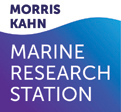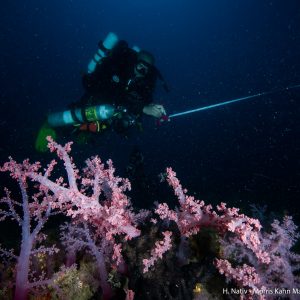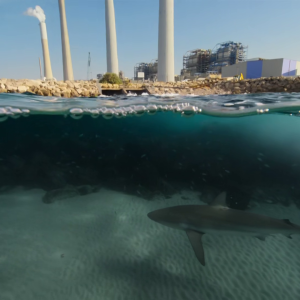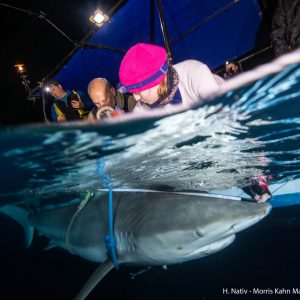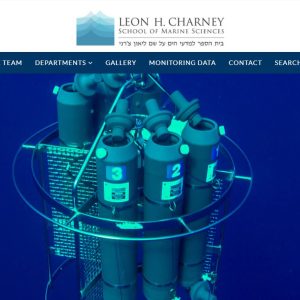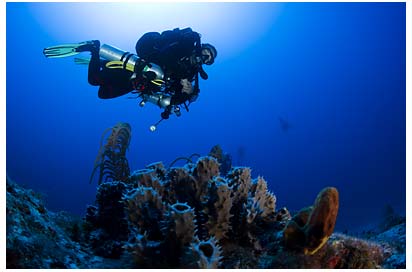And our journey continues… Previously, we introduced the research pair of Dr. Tali Mass from the University of Haifa in Israel and Dr. Gretchen Goodbody-Gringley from the Bermuda Institute of Ocean Sciences (BIOS), while they were collecting larvae in the gulf of Aqaba in March of this year. Now they are together again, collecting larvae in the same depths and latitude, but in Bermuda, an isolated island in the western Atlantic Ocean.
And our journey continues… Previously, we introduced the research pair of Dr. Tali Mass from the University of Haifa in Israel and Dr. Gretchen Goodbody-Gringley from the Bermuda Institute of Ocean Sciences (BIOS), while they were collecting larvae in the gulf of Aqaba in March of this year. Now they are together again, collecting larvae in the same depths and latitude, but in Bermuda, an isolated island in the western Atlantic Ocean.
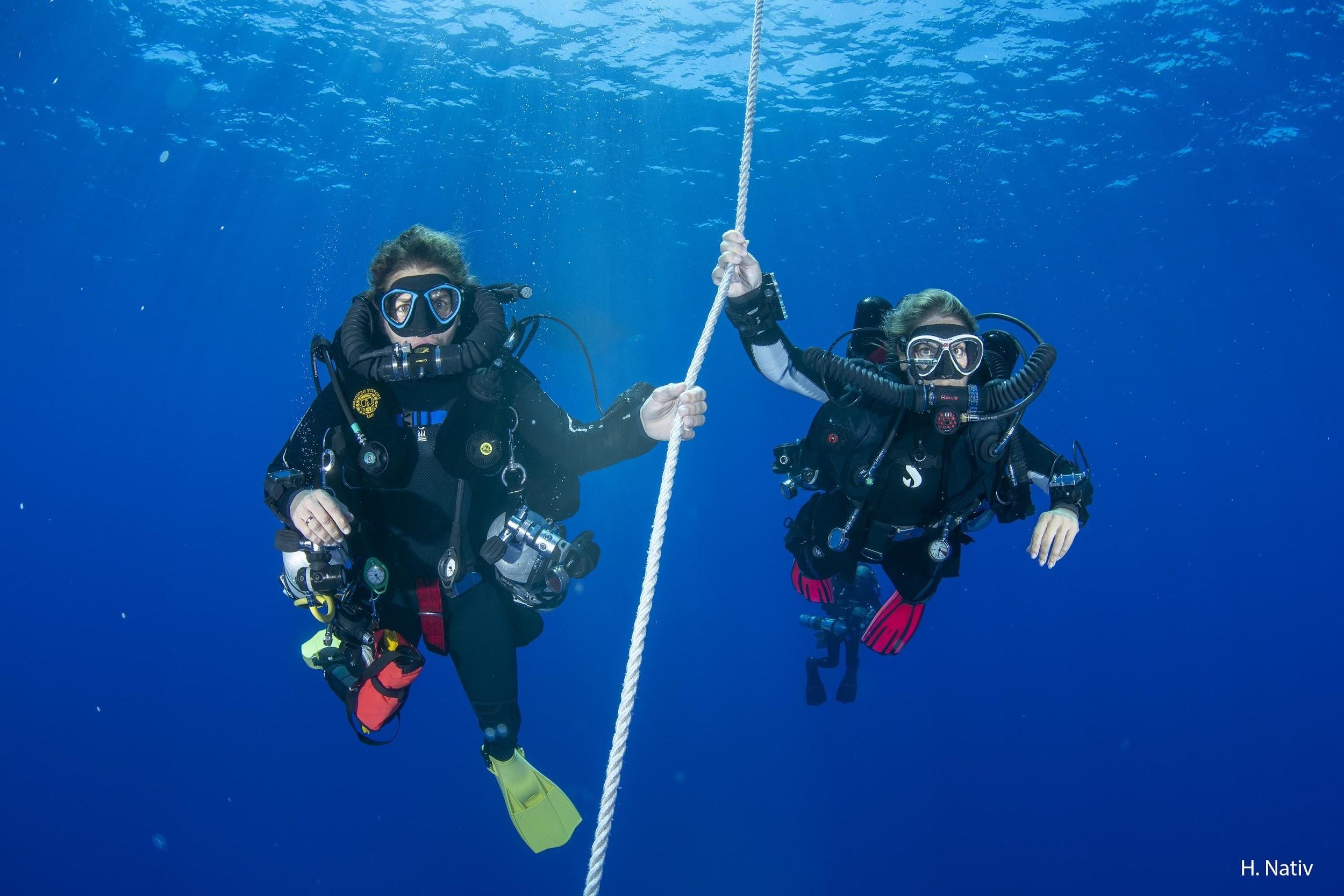
Image 1. Dr. Tali Mass (left) and Dr. Gretchen Goodbody-Gringley (right) on a decompression stop after a research dive to 45m to collect coral larvae in Bermuda.
Dr. Goodbody-Gringley and her team travelled to Eilat in March 2019, and were funded by the Assemble Plus Award from the EU and a travel award from the Rector of the University of Haifa, to begin the joint project. The second phase of the project currently underway in Bermuda was funded by the BIOS Grant-in-Aid and BSF for the Mass team of technical rebreather divers from the Morris Kahn Marine Research Station. As a qualified technical rebreather divers, Drs. Mass and Goodbody-Gringley, along with their research teams are able to access reefs beyond the depth of traditional diving limitations. So far, they have collected larvae from shallow (5 m) and deep (45 m) coral colonies and are testing attributes of development in the lab as well as on the reef.
Their research focuses on the potential of mesophotic coral ecosystems (MCEs; 30–150m depth) to serve as a refuge for coral health in the future, as shallow water corals continue to decline due to climate change and ocean acidification. It is crucial to understand how species may respond to changes in their environmental conditions across their distributional range, and by this to help to predict impacts to community composition and the resilience of global coral reef systems.
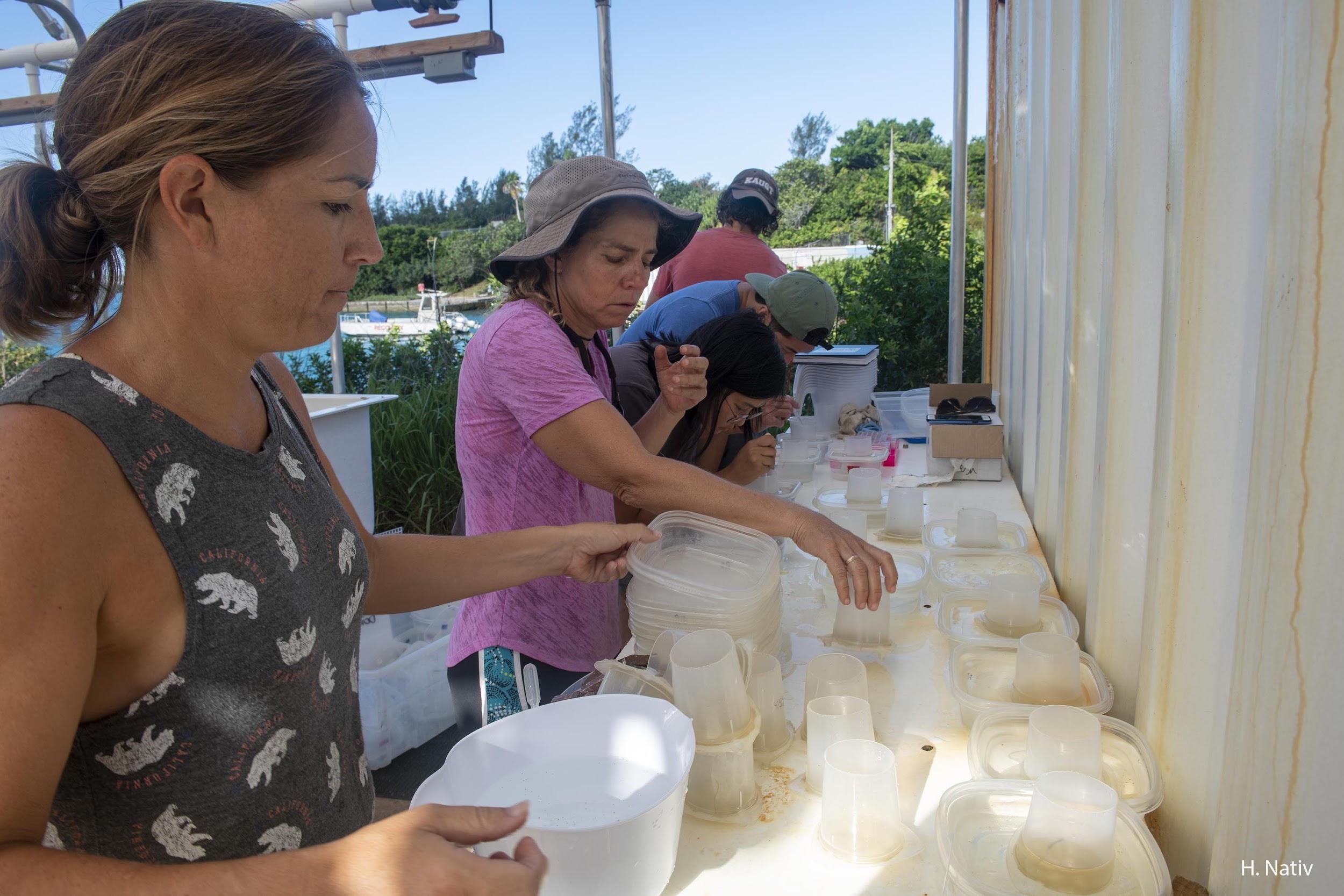
Image 2. Drs. Goodbody-Gringley (left) and Mass (second left) analysing coral larvae in the mesocosm facility at the Bermuda Institute of Ocean Sciences (BIOS).
The two researchers have been independently assessing morphological, physiological, and molecular adaptation of corals on MCEs in Bermuda and the Gulf of Aqaba. They have shown that skeletal morphology differs among depths for several species that exist along a broad depth distribution. These variations are often suggested to result from morphological plasticity in response to differing environmental conditions at depth, such as low light intensity. Yet, variation can also result from selection, and the relative influence of acclimatization compared to adaptation on skeletal morphology remains unclear. Through their collaboration, Drs. Mass and Goodbody-Gringley will compare skeletal formation and patterns of gene expression associated with biomineralization in juvenile corals between these two northerly coral reef systems to elucidate the relative roles of plasticity and adaptation.
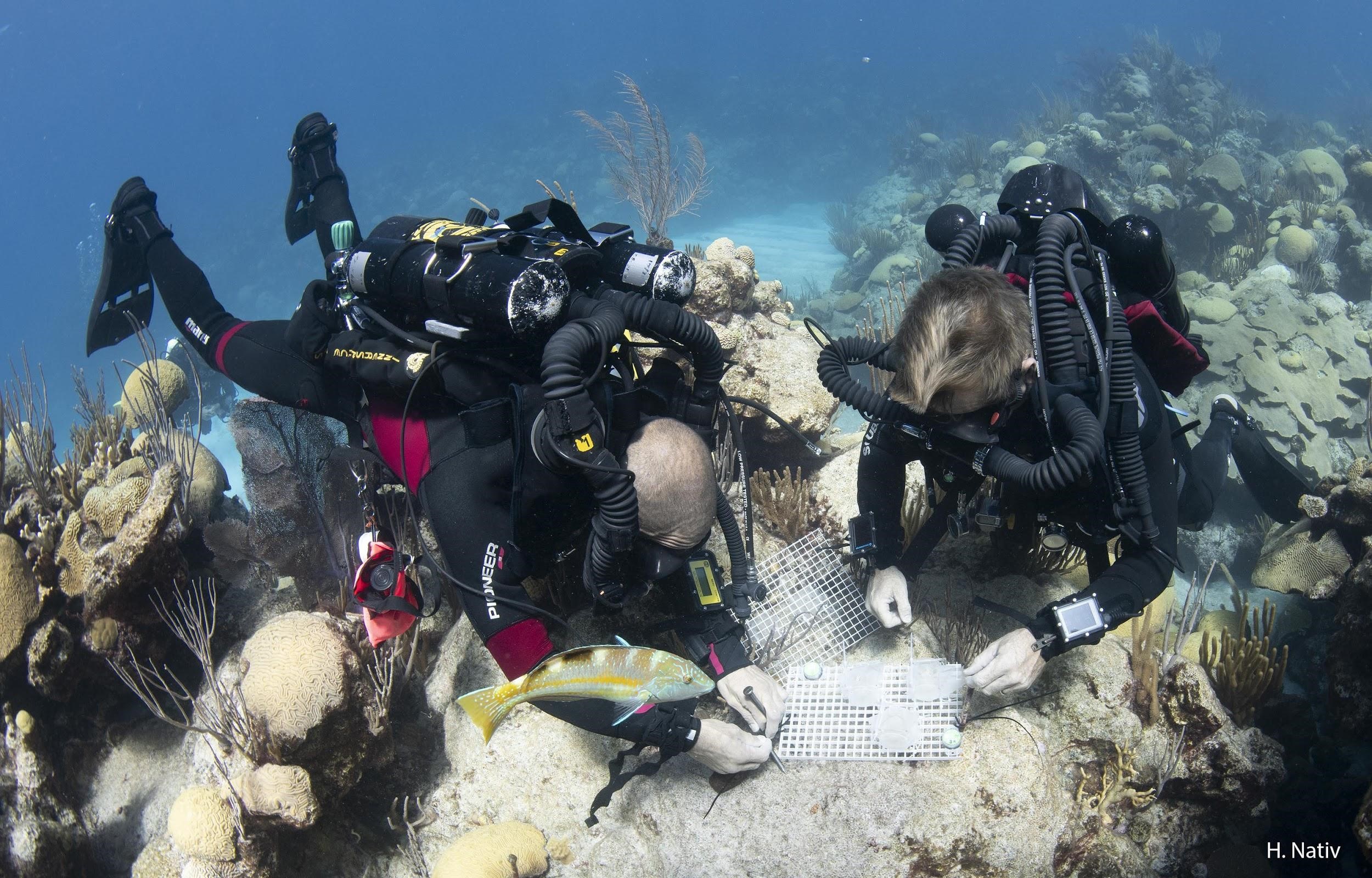
Image 3. The technical dive teams from the Mass and Goodbody-Gringley labs deploying larval settlement chambers onto the reef in Bermuda to assess juvenile development.
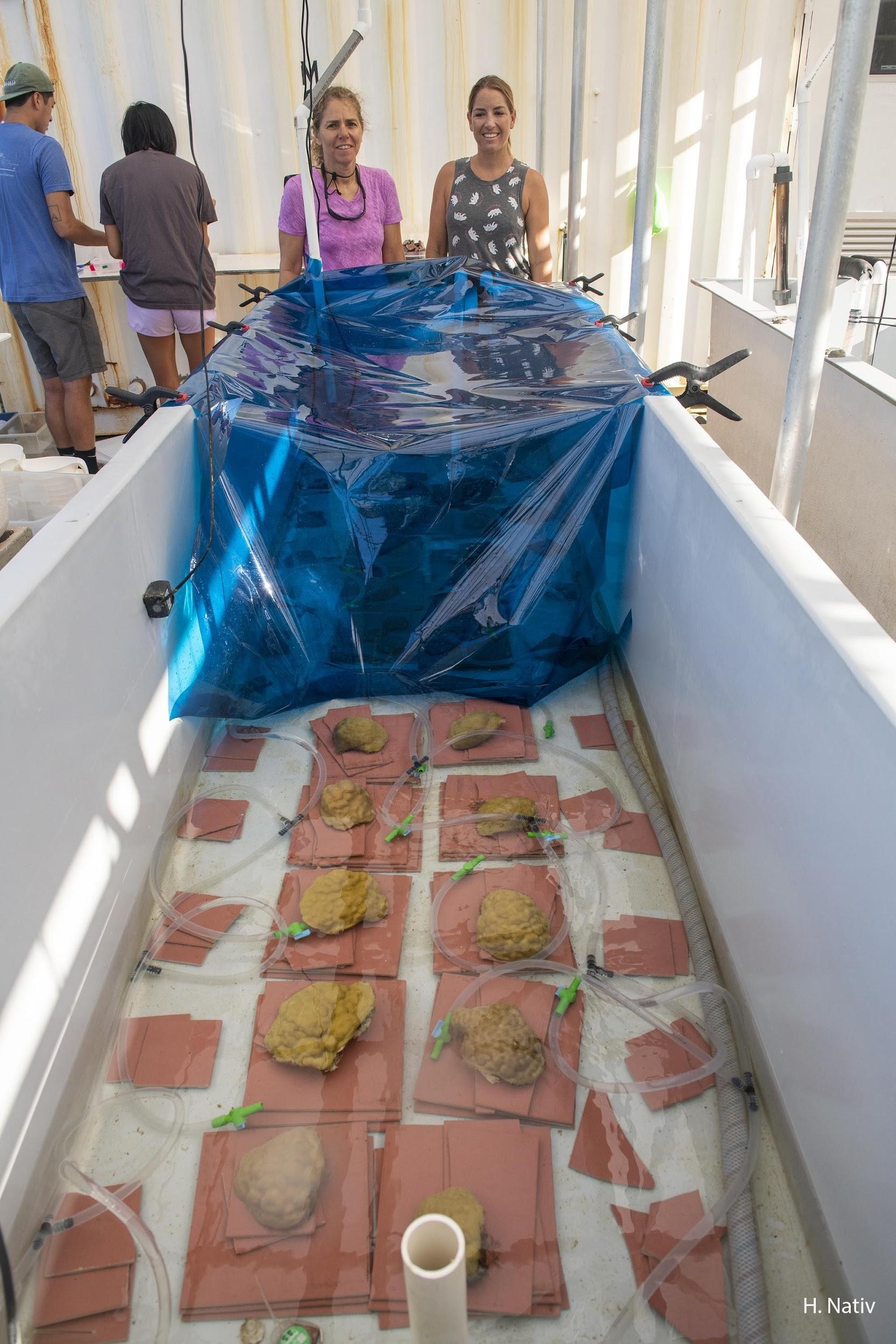
Image 4. Drs. Mass (left) and Goodbody-Gringley (right) with their corals in the mesocosm facility at the Bermuda Institute of Ocean Sciences (BIOS).
